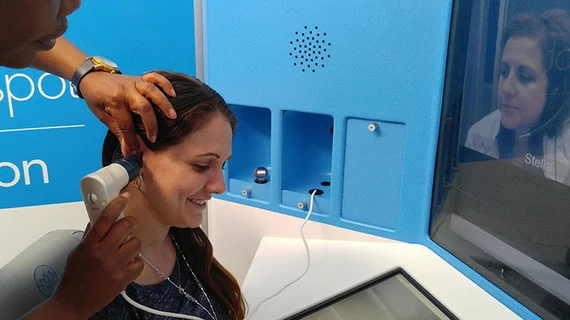Telemedicine service at nursing facility prevents hospitalizations, saves $1.55M in Medicare costs
A case study of the effectiveness an after-hours telemedicine service at a skilled nursing facility (SNF) showed the facility hospitalizations decrease by 18 percent while saving more than $1.5 million in Medicare costs.
In the report, published in the August edition of the American Journal of Managed Care, researchers evaluated the clinical and financial outcomes of an after-hours, on-demand telemedicine service at a SNF in Brooklyn, New York.
The telemedicine service—TripleCare (TC)—was launched at the 365-bed facility in March 2015. Patient outcomes were tracked and evaluated at the facility from March 2015 to March 2016.
During that year, TC physicians cared for 313 patients. Of those patient encounters, 259 patients were treated through the telemedicine service (with 91 avoiding hospitalization) and 54 were transferred to the hospital.
During the prior year, a total of 490 patients were hospitalized from the facility. During the case study period, a total of 402 patients were, meaning there was an 18 percent reduction in the number of patients hospitalized from the facility.
“This study found that use of a dedicated, virtual, after-hours physician coverage service in an SNF demonstrated a significant reduction in Medicare costs (acute inpatient hospital, subacute care and transfer costs),” the study concluded. “These efforts present an opportunity to improve both clinical outcomes for older adults in need of long-term and postacute services and financial outcomes for those providing the care.”
Payers, including Medicare, also benefited from the telemedicine service at the facility. Based on the 91 patients that avoided hospitalization, the total Medicare savings was estimated to be more than $1.55 million.
“It is estimated that the associated cost savings to Medicare and other payers exceeded $1.55 million, approximately $500,000 of which went to a managed care Medicare payer, in this one SNF during this period. Medicare would annually save $500,000 in an average 120-bed facility, or $4,167 per bed,” the study said.

